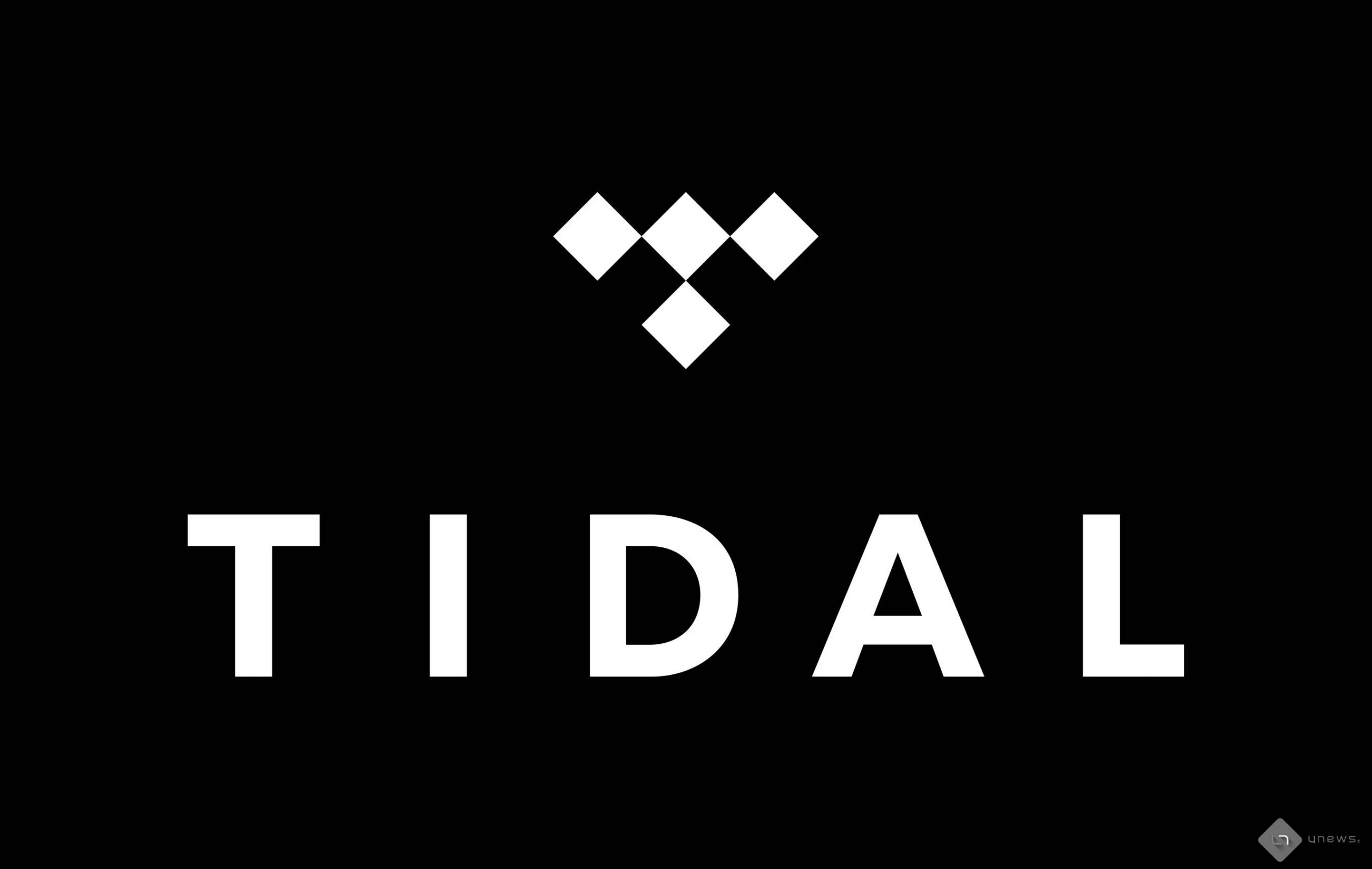The Ultimate Guide To Tidels: Comprehensive Knowledge For The Curious
Tidels: The Unseen Force Shaping Our World
Tidels are the rhythmic rise and fall of sea levels caused by the gravitational pull of the moon and sun. They play a crucial role in shaping our planet's coastlines, ecosystems, and even human history.
Tidels have been harnessed for centuries to power water mills, generate electricity, and aid navigation. They also support diverse marine ecosystems, providing habitats for a wide range of species. Understanding tidels is essential for coastal management, weather forecasting, and even predicting natural disasters.
Tidels
Introduction: Highlighting the importance of the key aspects.Key Aspects:- Gravitational forces: The moon's and sun's gravitational pull on Earth's oceans cause tidels.
- Tidal patterns: Tidels vary in height and duration depending on the moon's position, the Earth's rotation, and local geography.
- Tidal energy: Tidels can be harnessed to generate renewable energy through tidal turbines and barrages.
Tidal Patterns
Introduction: Set the context of "Tidal Patterns" in relation to "tidel", emphasizing its relevance.Facets:- Spring tides: Occur during new and full moons when the sun, moon, and Earth align, resulting in higher-than-average high tides.
- Neap tides: Occur during first and third quarter moons when the sun, moon, and Earth form a right angle, resulting in lower-than-average high tides.
- Diurnal tides: Have one high tide and one low tide each day.
- Semidiurnal tides: Have two high tides and two low tides each day.
Tidal Energy
Introduction: Focus on the connection between "Tidal Energy" and "tidel", considering cause and effect, importance, and practical significance.Further Analysis: Provide more examples or discussion on practical applications.Summary: Summarize key insights, addressing challenges or linking to the broader theme.Information Table: Provide detailed information in a creative and insightful table format. -->Tidels
Tidels, the rhythmic rise and fall of sea levels, are driven by the gravitational pull of the moon and sun. They shape coastlines, ecosystems, and human activities. Here are five key aspects of tidels:
- Gravitational force: Moon and sun's pull causes tidels.
- Tidal range: Difference between high and low tide levels.
- Tidal patterns: Daily or twice-daily cycles of high and low tides.
- Tidal energy: Tidels can be harnessed for renewable energy.
- Ecological impact: Tidels shape marine ecosystems and support diverse species.
Tidels influence navigation, coastal erosion, and flood risks. Understanding tidels is crucial for coastal management, weather forecasting, and marine conservation. Tidels also play a role in cultural traditions and folklore, inspiring art, literature, and mythology.
Gravitational force
Tides are caused by the gravitational pull of the moon and sun on the Earth's oceans. The moon's gravity is the primary driver of tides, with the sun's gravity playing a secondary role. The Earth's rotation also affects the timing and height of tides.
- Meg Nutt Onlyfans Leaks
- Rita Faez Leak
- Nisha Guragain Mms Vedio
- George Clooneys Children
- Did Jeff Bridges Have A Stroke
- Tidal forces: The moon's gravity pulls on the Earth's oceans, causing them to bulge out on the side of the Earth facing the moon. The sun's gravity also pulls on the oceans, but its effect is less than that of the moon.
- High and low tides: The tidal bulge caused by the moon's gravity rotates around the Earth once per day, resulting in two high tides and two low tides each day.
- Tidal range: The difference in height between high and low tides is called the tidal range. The tidal range varies depending on the location and the phase of the moon.
- Spring tides and neap tides: Spring tides occur during the new and full moon, when the sun, moon, and Earth are aligned. Neap tides occur during the first and third quarter moon, when the sun, moon, and Earth form a right angle. Spring tides have a greater tidal range than neap tides.
The gravitational force of the moon and sun is the driving force behind tides, which play a crucial role in shaping coastlines, marine ecosystems, and human activities.
Tidal range
The tidal range, or the difference between high and low tide levels, is a crucial aspect of tidels. It affects coastal ecosystems, navigation, and human activities. Here are key facets of tidal range in relation to tidels:
- Ecological impact: Tidal range influences the distribution and diversity of marine life. Species adapted to greater tidal ranges can survive in areas with strong tidal currents and fluctuating water levels.
- Coastal erosion: High tidal ranges can contribute to coastal erosion, as strong tidal currents and waves can erode beaches and cliffs.
- Navigation: Tidal range is crucial for navigation in coastal waters. Ships and boats need to consider tidal heights and currents to safely enter and exit harbors and navigate through narrow channels.
- Tidal power: Tidal range is a key factor in determining the potential for tidal energy generation. Locations with high tidal ranges are more suitable for tidal turbines and barrages.
Understanding tidal range is essential for coastal management, marine conservation, and the development of sustainable tidal energy projects.
Tidal patterns
Tidal patterns refer to the daily or twice-daily cycles of high and low tides, which are a fundamental characteristic of tidels. These patterns are influenced by various factors, including the Earth's rotation, the moon's gravity, and the shape of coastlines. Understanding tidal patterns is crucial for coastal management, navigation, and marine ecology.
- Diurnal tides:
Occur once a day with one high tide and one low tide. Diurnal tides are common in areas where the coastline is relatively straight and the tidal range is small.
- Semidiurnal tides:
Occur twice a day with two high tides and two low tides. Semidiurnal tides are more common in areas with complex coastlines and a larger tidal range.
- Mixed tides:
Exhibit characteristics of both diurnal and semidiurnal tides, with unequal high and low tides. Mixed tides are common in areas where the coastline is irregular and the tidal range is moderate.
- Tidal asymmetry:
Occurs when the time between high and low tides is unequal. Tidal asymmetry can be caused by the shape of the coastline, the presence of underwater obstacles, and the interaction of multiple tidal waves.
Tidal patterns play a significant role in shaping coastal ecosystems, influencing the distribution and abundance of marine life. They also impact human activities such as fishing, navigation, and coastal development. Understanding and predicting tidal patterns is essential for the sustainable management of coastal resources.
Tidal energy
Tidels, the rhythmic rise and fall of sea levels, offer a promising source of renewable energy. Tidal energy technologies harness the power of tidels to generate electricity, providing a sustainable alternative to fossil fuels. Here are key facets of tidal energy in relation to tidels:
- Tidal turbines:
Similar to wind turbines, tidal turbines are underwater devices that capture the kinetic energy of moving tidels to generate electricity.
- Tidal barrages:
Large-scale structures built across estuaries or bays, tidal barrages use the potential energy of the incoming and outgoing tide to generate electricity.
- Tidal lagoons:
Similar to tidal barrages, tidal lagoons are enclosed bodies of water that use the difference in water levels between high and low tides to generate electricity.
- Tidal stream generators:
Underwater devices that harness the energy of fast-flowing tidal currents to generate electricity.
Tidal energy is a predictable and renewable source of energy that can contribute to reducing greenhouse gas emissions and mitigating climate change. As technology continues to advance, tidal energy is expected to play an increasingly significant role in the global energy mix.
Ecological impact
Tidels have a profound ecological impact, shaping marine ecosystems and supporting a diverse array of species. Here are key aspects of this connection:
- Intertidal zones:
Tidels create intertidal zones, areas that are alternately submerged and exposed by the rising and falling tide. These zones are highly productive ecosystems, supporting a wide range of marine life, including shellfish, crustaceans, and seaweeds.
- Nutrient cycling:
Tidels facilitate nutrient cycling in coastal ecosystems. As tidels ebb and flow, they carry nutrients from the ocean into estuaries and wetlands, supporting the growth of phytoplankton and other primary producers.
- Habitat provision:
Tidels create diverse habitats for marine organisms. Rocky shores, sandy beaches, and mudflats all support unique communities of plants and animals adapted to the changing tidal conditions.
- Species distribution:
Tidels influence the distribution of marine species. Many species have adapted to specific tidal ranges and patterns, determining their geographic distribution and abundance.
The ecological impact of tidels extends beyond marine ecosystems. Tidels also shape coastal landscapes, influence sediment transport, and contribute to the formation of sandbars and tidal flats. Understanding the ecological role of tidels is crucial for the conservation and management of coastal ecosystems.
Frequently Asked Questions about Tidels
Tidels, the rhythmic rise and fall of sea levels, play a crucial role in shaping coastlines, ecosystems, and human activities. Here are answers to some commonly asked questions about tidels:
Question 1: What causes tidels?
Tidels are primarily caused by the gravitational pull of the moon and, to a lesser extent, the sun. The moon's gravity exerts a stronger pull on the side of the Earth facing the moon, causing the water in the oceans to bulge out. This bulge of water creates a high tide. On the opposite side of the Earth, the water also bulges out due to the centrifugal force caused by the Earth's rotation, resulting in another high tide.
Question 2: Why do we have two high tides and two low tides each day?
As the Earth rotates on its axis, different parts of the planet move through the two tidal bulges created by the moon's gravity. This results in two high tides and two low tides each day at most locations. The timing and height of the tides vary depending on the location's latitude, the shape of the coastline, and the phase of the moon.
Summary of key takeaways: Tidels are caused by the gravitational pull of the moon and sun, and they play a significant role in shaping coastlines, ecosystems, and human activities. Understanding tidels is essential for coastal management, navigation, and marine conservation.
Conclusion on Tidels
Tidels, the rhythmic rise and fall of sea levels, are a fascinating natural phenomenon that profoundly shapes our planet. From influencing coastal ecosystems and shaping coastlines to providing renewable energy and supporting diverse marine life, tidels play a crucial role in the Earth's systems.
Understanding tidels is essential for coastal management, navigation, and marine conservation. By harnessing the power of tidels, we can generate renewable energy and mitigate the effects of climate change. As we continue to explore and study tidels, we gain a deeper appreciation for their intricate connection to our planet and the delicate balance of Earth's ecosystems.

Tidal amplia il numero di dispositivi compatibili con la propria app

TIDEL Park Pattabiram

Drag to play video? Animation Tumult Forums